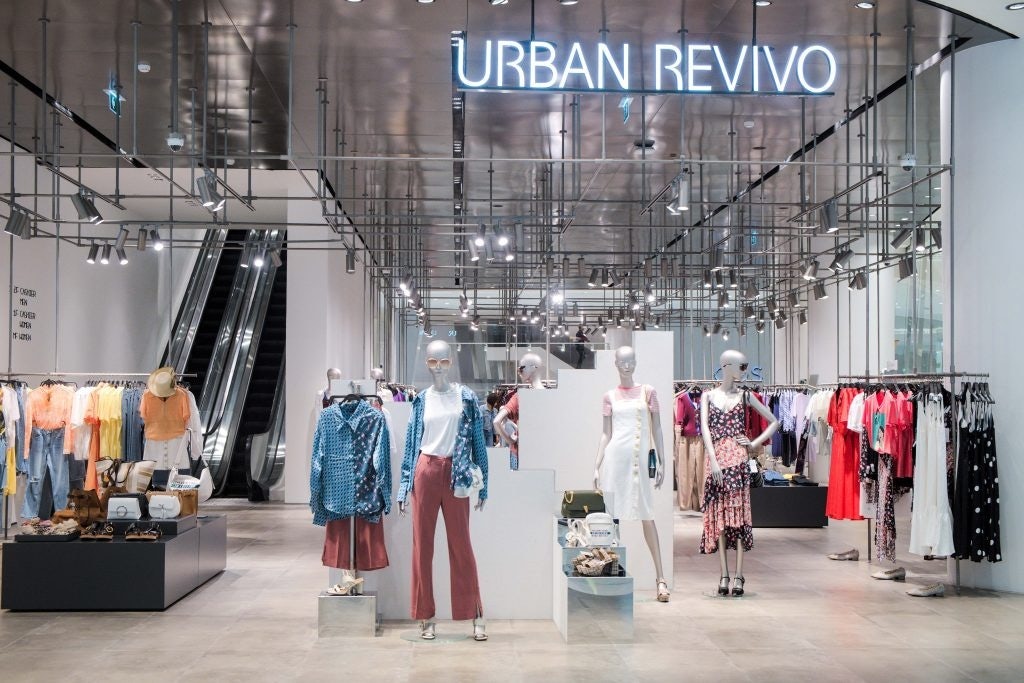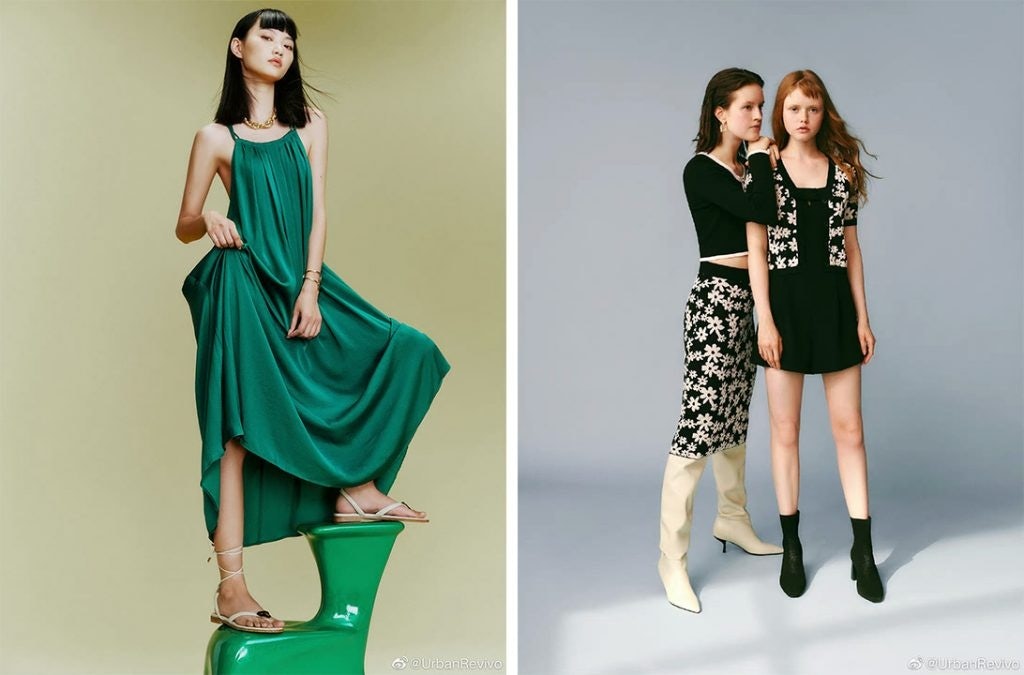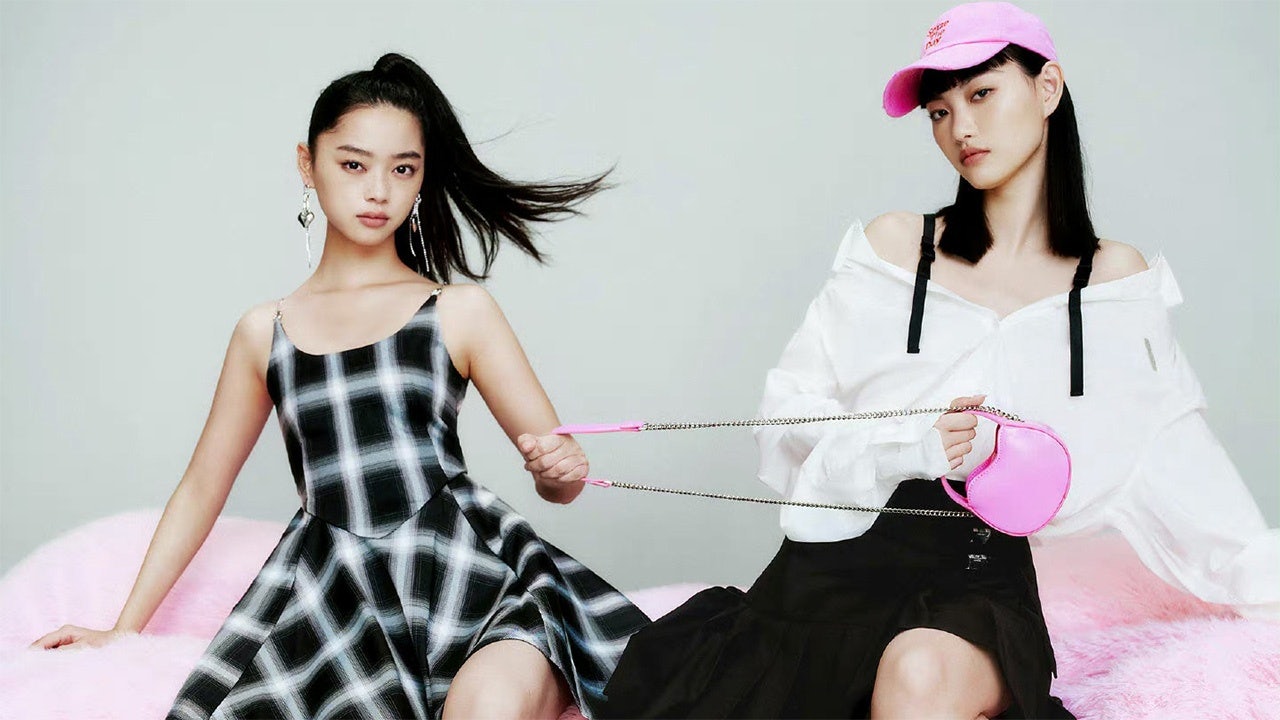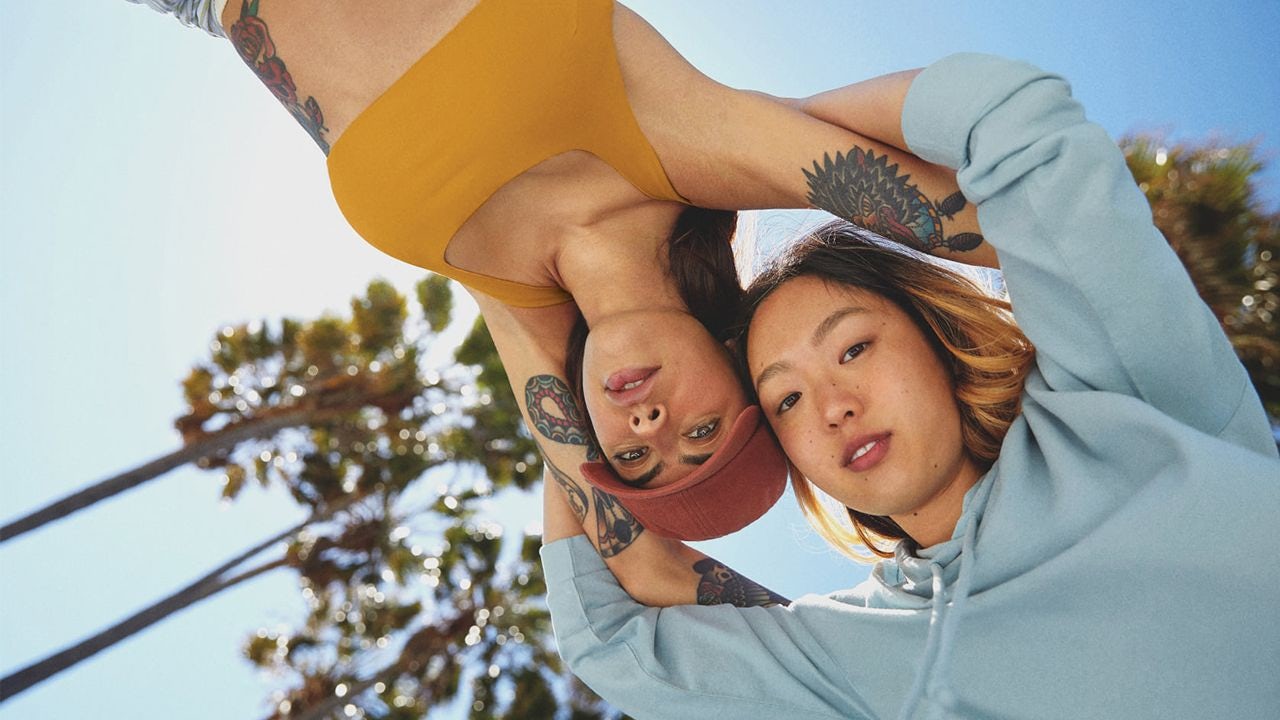China is complicated. Stores open and close, brands pull out. In August, a hashtag about Metersbonwe (and its many branches, subsidiaries and affiliated entities) wage arrears rushed to the hot search list on Weibo. The company was catapulted into the spotlight due to loss of over 2.1 billion RMB in three years and nearly 90 percent of market value.
In fact, these past few years and months have been a roller coaster ride for overseas names in the accessible fashion and fast fashion industries. On July 31, Bershka, Pullamp;Bear, and Stradivarius (Zara’s three sister brands) all issued store closure announcements on their Tmall flagship stores. The three brands, which had closed their offline stores in China as early as last year, officially exited the Chinese market. These are not isolated cases; in August, U.S. clothing giant Gap’s significant withdrawal from malls in China and Forever 21 re-entered the Chinese market for a fourth time after three exits.
Even domestic clothing companies are planning to venture overseas in response to local competition. According to media reports last month, China’s top women’s clothing lines are entering cross-border e-commerce platform AliExpress to gain a foothold in the overseas market. One such is Urban Revivo — often known as the Chinese version of Zara.
Established in 2006, the Guangzhou-based label even surpassed Uniqlo and took the first place in Tmall 618 Shopping Festival women’s clothing sales and has opened stores in overseas markets as far back as 2016. Here, Jing Daily analyzes the future potential of the company overseas.
Overseas strategies of China’s Zara#
Domestic clothing brands mainly adopt four approaches to explore the global market. One, they can use third-party cross-border e-commerce platforms led by Amazon; two, they can open offline stores in overseas markets; three, they can acquire overseas brands to go out in an indirect way; or four, they can adopt the preferred DTC mode of their contemporaries, including building e-commerce websites.
Urban Revivo opened its first global brick-and-mortar store in Singapore in 2016. In 2018, it opened a store in London and became the first Chinese brand to settle in the retail complex, Westfield. To date, it has also opened offline stores in Thailand and the Philippines. When asked about the brand’s performance in these markets, a company spokesperson said: “Bearing in mind the universal impact that COVID has had on brands, our performance in those markets is exceptional” (but actual figures were omitted).

As indicated by the company, its main battlefield for future development is the US, which can be seen from the target group of its official website. Based on data released by Similarweb, a traffic analysis website, the US is the top country or region in terms of the pushed traffic to its official website in July, accounting for 70.34 percent of the total confirming the importance of the US market. However, given the current Sino-US situation and political environment, names like Urban Revivo will have their work cut out for them to convince US consumers to buy designed-in-China goods.
Even offline, the battlefield is online#
The growth of e-commerce retail sales has accelerated since 2020 thanks to an increased penetration rate of online shopping. Jing Daily reported that Shein and Zaful are the top cross-border e-commerce sellers in the DTC market. With keen insights into the needs of today’s young consumers, these quickly rose in popularity in overseas markets due to a ultra-fast fashion model which ushered in a new era of Chinese companies going global, such as Urban Revivo.
“Our official DTC website was established in early 2021,” the spokesperson continued. “As the pandemic unfolded, more consumers were shopping online. With offline stores closed, our shoppers still wanted access to our products, and concurrently, we were able to use that opportunity to expand to a global consumer base.”
This model has worked. Open YouTube and search for “Urban Revivo” for multiple promo videos of KOLs trying on their garments. A video posted by Anna Zapała (with 878,000 subscribers) released a year ago has been viewed 100,000 times. If a brand wants to deploy DTC overseas, it has to think hard about attracting traffic. According to Similarweb, 52 percent of the total social media traffic of the official website comes from YouTube, so building cooperation with that platform’s content creators has been key.

The brand confirmed: “Our main social platforms are Instagram and Youtube, with TikTok and Pinterest secondary. With consumers spread widely over a variety of platforms, it’s useful to focus on a few and do those really well. It helps create a more powerful presence.” That has resulted in 250,000 followers on Instagram official accounts and 280,000 followers on TikTok.
Careful positioning#
In 2015, Urban Revivo proposed the positioning of itself as a “fast luxury” provider in the domestic market, balancing production speed and product quality, and thereby setting itself apart from other fast fashion names. It worked, as it recorded a revenue scale exceeding 5 billion RMB in 2020. It carried this positioning forward when driving global visibility.
“As a global brand, our trendy affordable luxury position is the same globally but our customer base in China is slightly different. Our Chinese consumer is younger which makes sense considering their love for trendy premium and luxury fashion styles to go along with their overall spending power. The wide age range of customers fits us perfectly since our brand positioning continues to revolve around a fashion-centric lifestyle — allowing anyone to express themselves through style — and that is also consistent for us globally.”

Embedded supply chain advantages#
As a domestic clothing brand, one of the advantages for Urban Revivo venturing overseas is a local supply chain. According to CBNData, the company sold all its self-owned factories in 2017 to shift its focus to third-party partners. It then took the lead in product planning, production, logistics, and sales by adopting the SPA model so as to realize product delivery on a large scale and efficiently.
“Our progress to date can be largely attributed to the mindset of today’s young (including young-at-heart) consumers. Today’s shoppers are more diverse, multi-cultural, and globally minded than ever before, with fashion being a vital aspect of their self-expression and identity. Brands now require a more diversified selection of styles to meet today’s needs,” the company revealed.
Therefore, with the support of a “fast” supply chain, it can always keep up with the ever-changing fashion trends, offer cutting-edge design to consumers in a timely manner, and respond to their real-time needs.
But it’s not all plain sailing#
Despite the strong and steady expansion, brands from China will always have issues when convincing global consumers. Karl McKeever, a retail analyst and head of retail agency Visual Thinking, noted, “When Urban Revivo expanded a store in London, it needed to think about how to distinguish itself from other brands in a saturated local fashion market. The proven positioning and model in China may not be applicable to complex and ever-changing overseas markets. Tailoring measures to suit local conditions might be the first step for Chinese brands to make overseas inroads.”
Furthermore, as demands for sustainability grow among international consumers, it could be more transparent in its commitment to sustainable development if it wants to be considered a contender of the overseas mid-end market. Urban Revivo believes that its fashion isn’t and shouldn’t be defined by wasteful, unsustainable, cheap, or low quality disposable pieces to be seen on social media. “Those are not the types of products we believe in making nor is it the brand standard we aspire and hold ourselves to.” Let’s see if this is a strategy that can carry it through.

